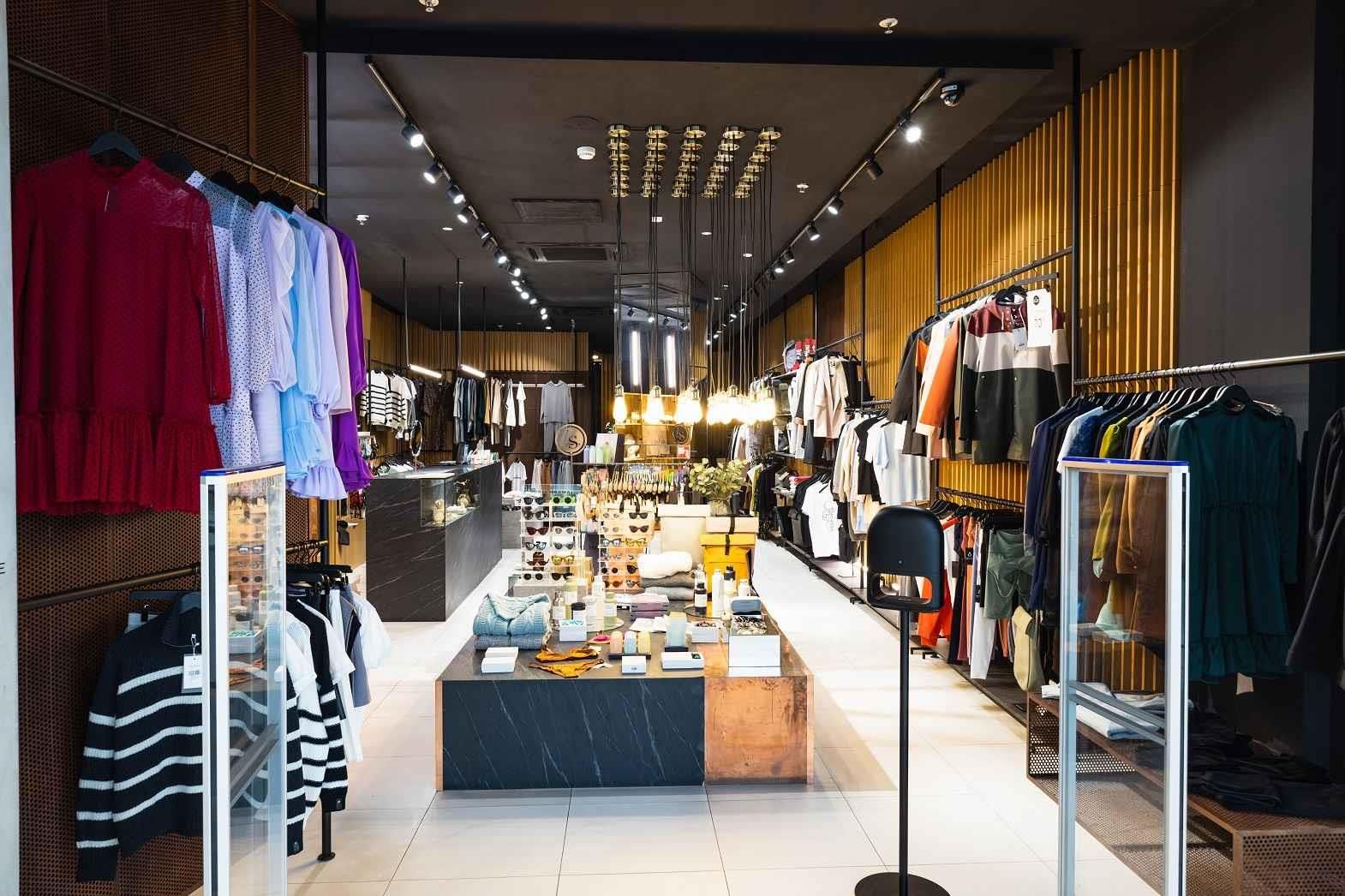Brands like Ralph Lauren and Donna Karen have got listed on the stock exchange. But the last two years have generated interest from many fashion houses, who have made the decision to go public and experienced varying outcomes. Salvatore Ferragamo was one of the luxury brands that went public in its home city of Milan in the summer of 2011. Other fashion conglomerates like Brunello Cucinelli, Prada, and Michael Kors have joined the list of companies getting listed.
For some brands like in the case of Prada, going public in growing economies was a wise decision. By 2010, the sales of Prada in Asia out-paced Europe and North America, accounting for a whopping 43%. The brand managed to raise an IPO of $2.5 billion, the largest consumer goods IPO ever recorded on the Hong Kong Stock Exchange.
There are different reasons for luxury fashion brands to go public. Many companies like Loro Piana, who were looking for an exit and hoped that the business would run better in the hands of a new owner, also preferred going public as an appropriate option. Another trend among luxury fashion companies is partnering with a young brand to seek a long-term association. Budding designers and brands lack the infrastructure, capital, and scaling that a business requires for going public. Luxury groups in London and New York are always scouting for new talent with long-term potential. For instance, in January 2013, Kering took a 51 percent stake in Christopher Kane, just as the former supported Alexander McQueen and Stella McCartney in 2001.
The long absence of private equity firms is now being filled by new investors, especially from emerging economies. For example, Valentino Fashion Group is now owned by the royal family of Qatar. Some IPOs are done to raise capital, while some aim to raise debt, as in the case of Prada. But for many luxury brands, going from privately owned to a publicly owned company aids in increasing the scale and reach of the label, especially in growing markets.
Besides going public to raise capital to fund acquisitions and growth and entrusting investors to realize the value of the brand, luxury fashion companies are issuing IPOs to expand and venture into new markets. The consumers of luxury products are no longer concentrated in America and Europe. For many luxury brands, switching to Hong Kong rather than the conventional capital raising destinations like London, New York, and Milan is proving to be a profitable option. China and other Asian countries are prospective and fast-growing markets that will provide the much-required boost to their labels.
The future markets and increasing consumer interest from the BRIC (Brazil, Russia, India, and China) nations is also a strong reason for luxury fashion brands to get listed in order to expand their horizons. The rise of the affluent middle class in these countries and their growing appetite for luxury products is also driving fashion houses to go public.
An IPO offers the brand necessary fund to expand and open up more stores in countries where the affluent are slowly and steadily demanding luxury fashion garments. Listing in regions like Hong Kong and Singapore gives a luxury brand all the interest from rich Asian investors and creates a huge awareness within the country and neighbouring Asian countries. The Wall Street Journal quoted Hong Kong to be the world's largest IPO market in 2010 raising US $ 57.7 billion with 87 listings. Moreover, the Chinese government is even willing to invest and provide a boost to the IPO of a company, making this dragon country an ideal centre for luxury fashion houses to go public. Going public in emerging markets hence is not just about increasing the customer base but also having access to domestic retail stock and institutional investors.
On the other hand, investors at the Wall Street, a conventional supporter of the stocks of brands with divergent portfolios and consistent earnings, today, prefer investing in single brands or single designers than multi- brand companies. High-end fashion retail chains like Neiman Marcus and Saks Inc. plan to go public soon. According to experts at Wall Street expect luxury brands that experience high growth will survive, while brands that fail to keep it happening will run it to losses.
Luxury fashion brands having strong market presence, iconic products, and a history and heritage to be leveraged on are going public. Investors are backing powerful luxury brands with high value and high growth prospects in developed as well as emerging economies. Today, luxury fashion houses are moving from boutique retail spaces to building a multi-million dollar fashion empire by going public.
References:
1. Luxurydaily.com
2. Forbes.com
3. Businessoffashion.com
4. Nytimes.com
5. Goldmansachs.com








Comments